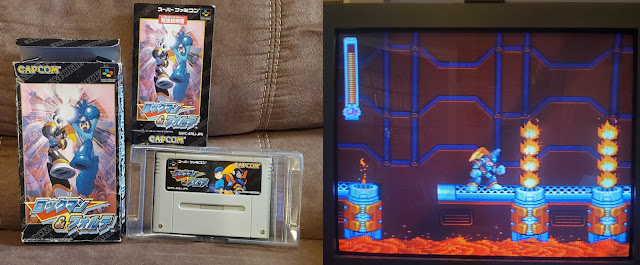Collection essentials #221: Metal Combat: Falcon’s Revenge (SNES)

This is the sequel to Battle Clash, a game I talked about a while back . Like Battle Clash, this game requires the Super Scope peripheral, so it’s basically a light gun game. And it’s one of the best games of its kind out there. This is an example of what a video game sequel should be. It takes a game in Battle Clash that was already good, and improves and adds to everything to make a game that’s clearly better. Metal Combat just has that extra layer of polish that pushes a game from good to great. The graphics are better, there’s more content, more modes, more variety in gameplay, and this time the game has a battery backup to store saved games for record-keeping. Like Battle Clash, the gameplay of Metal Combat consists of a series of what are basically boss battles against a series of giant robots. Gameplay in light gun games tends to be fairly simplistic and amounts to “see things, shoot things”, but Metal Combat is a little deeper than that. There is enough variety in your abilitie...














